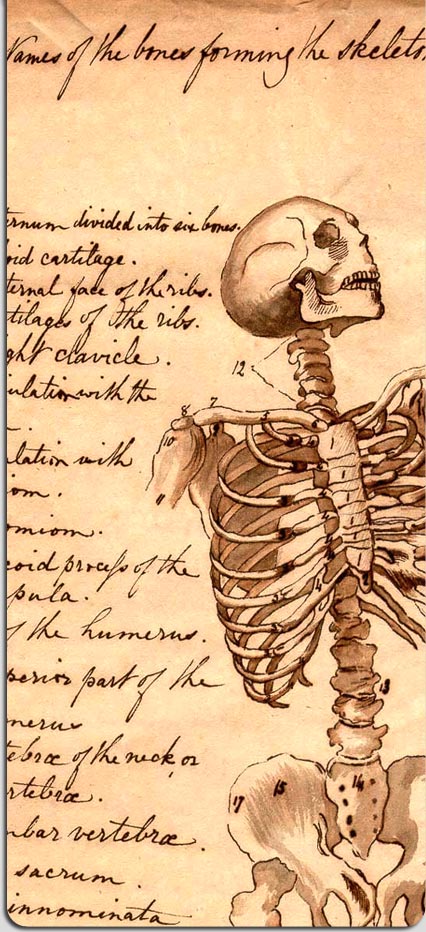Phi, The Golden Ratio
Just finished The Da Vinci Code by Dan Brown , and really loved it. Couldn’t put it down if I wanted to. Ended up staying up until 4am several nights just to keep reading. It’s a great murder-mystery religious conspiracy page-turner, but by far my favorite aspect of it is its inclusion of several fascinating facts about history, art, cryptology, and mathematics. My favorite topic was Brown’s highlighting of the number phi (φ).
It turns out phi is a pretty special number in nature and the universe. It pops up all over the place. I’m not much of a math person, but phi has some interesting math properties — phi 2 = phi + 1. And phi shows up in human bodies, seashells, and sunflowers , making it known as “the golden ratio.” In art it’s used to make the “golden rectangle,” where the ratio between the long side of a rectangle and the short side is phi–the most visually appealing ratio to the human eye (the same ratio as that of a credit card). It’s also related to the Fibonacci sequence (1, 1, 2, 3, 5, 8, 13, 21). And according to goldennumber.net , it’s found in music (both composition and Stradivarius’s violins), population growth , DNA , and the Pyramids . The human body ratios are the most fascinating to me by far: phi is found in ratios of length from head to navel and navel to toe, finger bone lengths, arm to forearm lengths–the list goes on and on.
Just when medical school starts to make me less and less of a spiritual believer, things like this bring back my faith. For the past couple of years I’ve had something of a spiritual resonance with something similar to a Kabbalah numerical quality to the universe–some sort of Order in the universe that dissolves the chaos. Maybe it’s phi.
Comments Off on Phi, The Golden Ratio
